Estimated reading time: 12 minutes
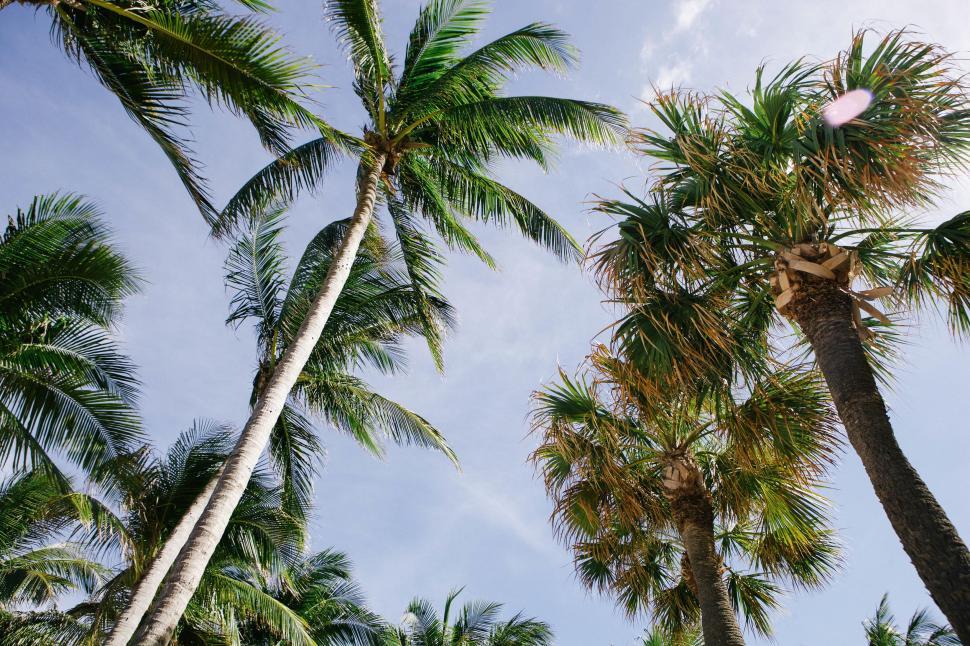
These tropical stunners bring all the luxury resort vibes—without the first-class ticket.
Who needs a five-star vacation when you can step outside your back door and feel like you’ve arrived at your private oasis? It’s peak summer, and if you’re dreaming of lounging under swaying palms with an iced drink in hand, we’ve got great news: you can create that luxury look right in your own yard.
From dramatic silhouettes to low-key elegance, these palm trees don’t just elevate your landscaping—they make a statement. Whether you’re upgrading your patio, designing a poolside paradise, or just want to boost your curb appeal, these 15 palm varieties bring serious wow-factor.
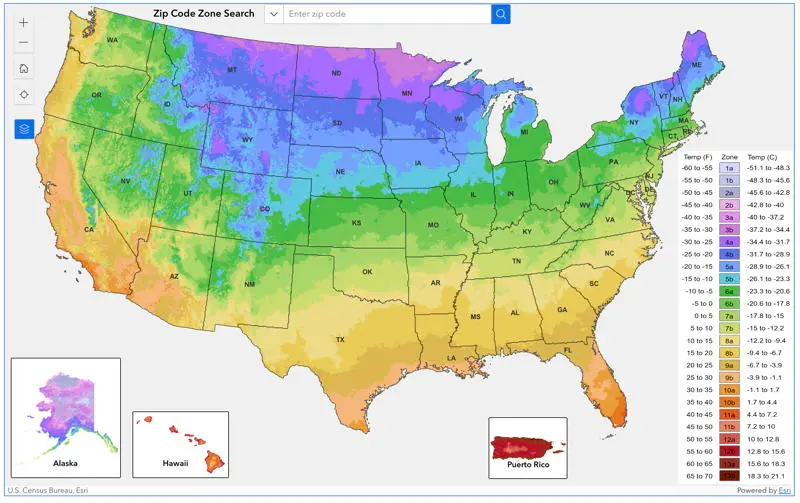
What Are USDA Zones?
To choose the right palm for your area, it’s important to know your USDA zone. This system measures the average coldest temperature in different regions, helping you understand which plants can survive your local winters. Zones range from 1 (coldest) to 13 (warmest). Always match your palm choice to your zone to ensure it will thrive year-round.
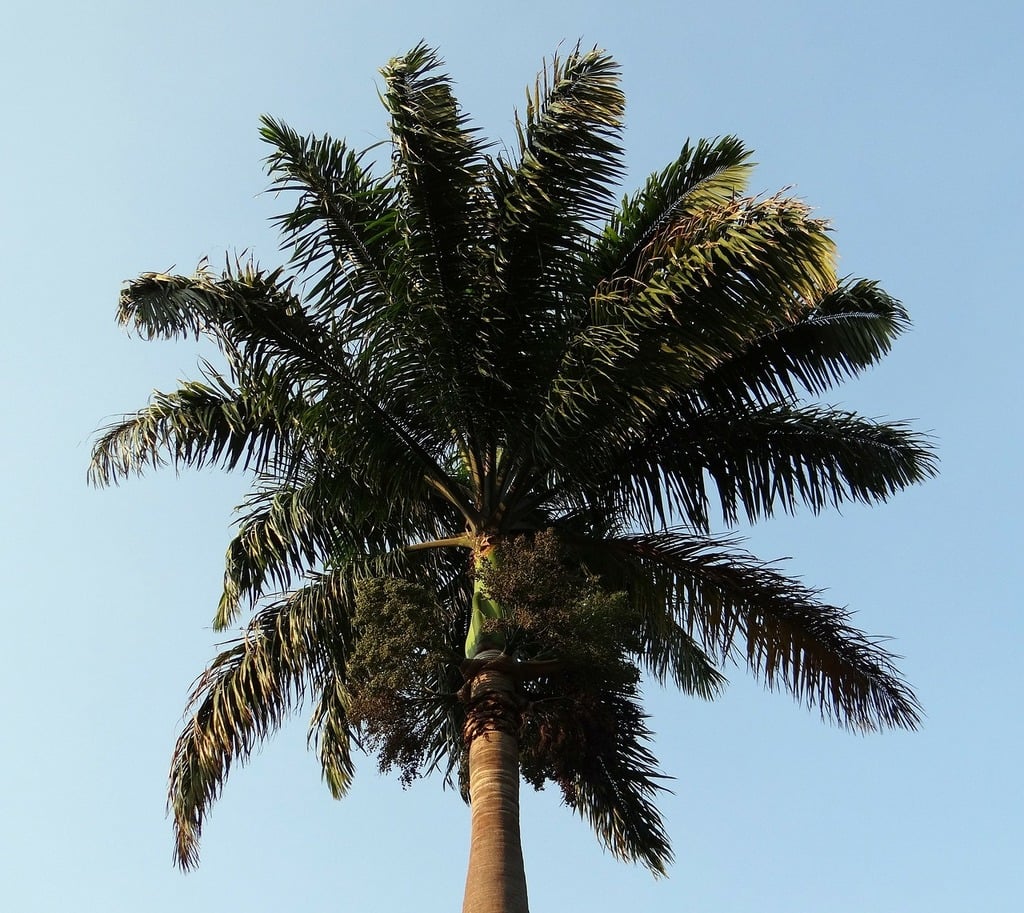
1. Royal Palm (Roystonea regia)
Best for: Large yards, upscale driveways, community entrances
Growth rate: Moderate to fast
Care needs: Requires consistent moisture, especially when young
Soil: Thrives in deep, fertile, and well-aerated soils
Cold tolerance: Sensitive to frost; best in Zones 10–11
The Royal Palm offers a regal, columnar presence in any landscape with its sleek trunk and lush crownshaft. It grows best in warm, humid environments with high rainfall or regular irrigation. These palms benefit from a steady supply of nutrients and a location protected from high winds, especially when young. They’re self-cleaning and low-maintenance once established.
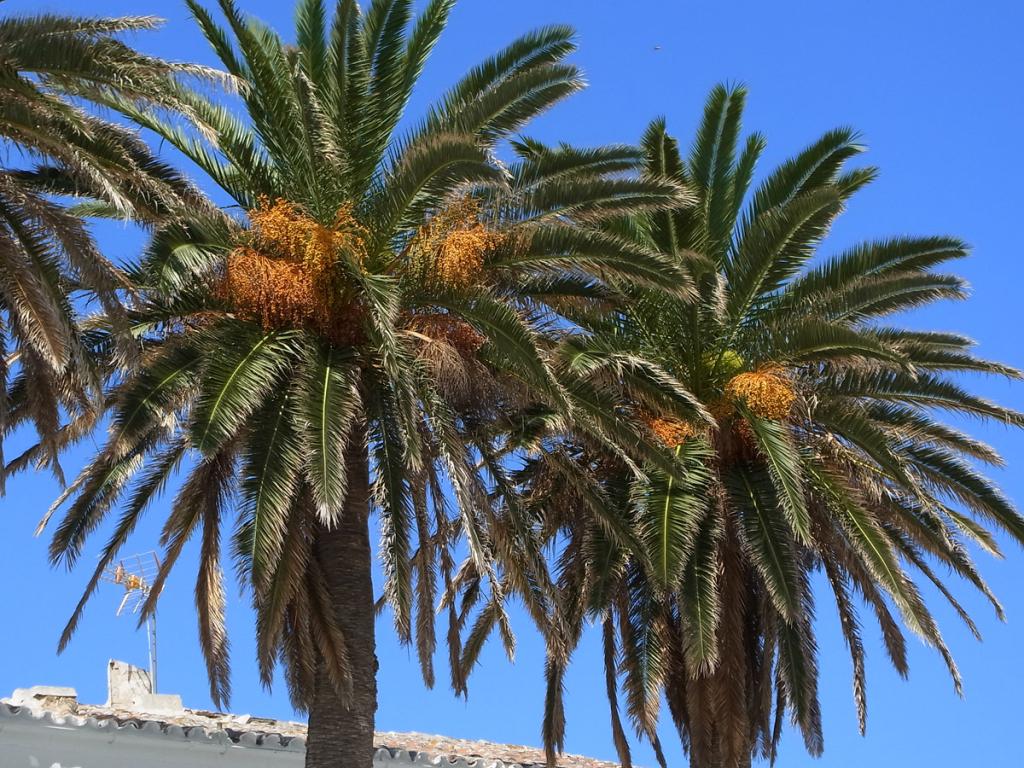
2. Canary Island Date Palm (Phoenix canariensis)
Best for: Focal points in large landscapes, Mediterranean-style homes
Growth rate: Slow
Care needs: Drought-tolerant after establishment, but benefits from deep watering during dry periods
Soil: Performs well in sandy or loamy soils with good drainage
Cold tolerance: Hardy in Zones 9–11
With its bold, stately silhouette, the Canary Island Date Palm is ideal for spacious settings. This palm adapts to urban environments and coastal wind but needs room to expand. It tolerates heat and infrequent watering but appreciates seasonal fertilization to maintain its green fronds and healthy trunk form.
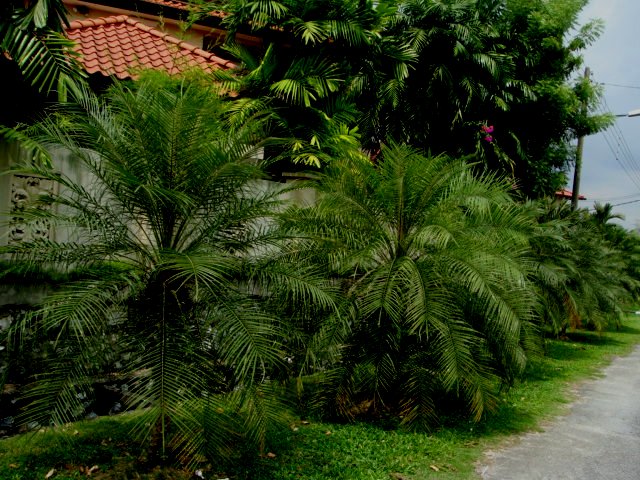
3. Pygmy Date Palm (Phoenix roebelenii)
Best for: Small gardens, patios, and decorative containers
Growth rate: Slow
Care needs: Needs protection from wind and cold; prefers a humid environment
Soil: Well-drained, loose soil with organic matter
Cold tolerance: Best in Zones 10–11; highly sensitive to frost
The Pygmy Date Palm is a petite beauty ideal for close-up visual impact. It thrives in sheltered garden beds or container arrangements near outdoor living spaces. This palm requires regular watering, especially during hot summers, and should be shielded from cold snaps and drying winds to prevent leaf browning.
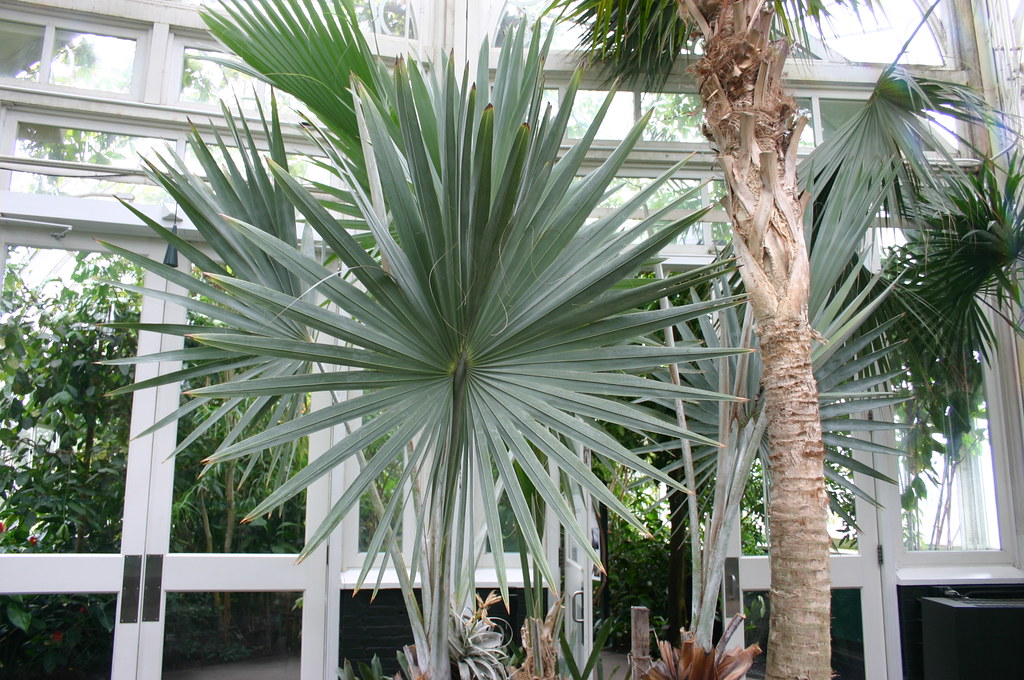
4. Bismarck Palm (Bismarckia nobilis)
Best for: Statement landscaping in open spaces
Growth rate: Moderate
Care needs: Low maintenance once mature; prefers dry, warm climates
Soil: Needs sandy or gravelly soil that drains quickly
Cold tolerance: Tolerates light frost; best in Zones 9–11
A dramatic addition to any large landscape, the Bismarck Palm dazzles with its silvery-blue fan leaves and robust trunk. It prefers hot, arid environments with occasional deep watering and minimal humidity. Avoid compacted or poorly draining soil. Plant away from structures and power lines due to its eventual size and spread.
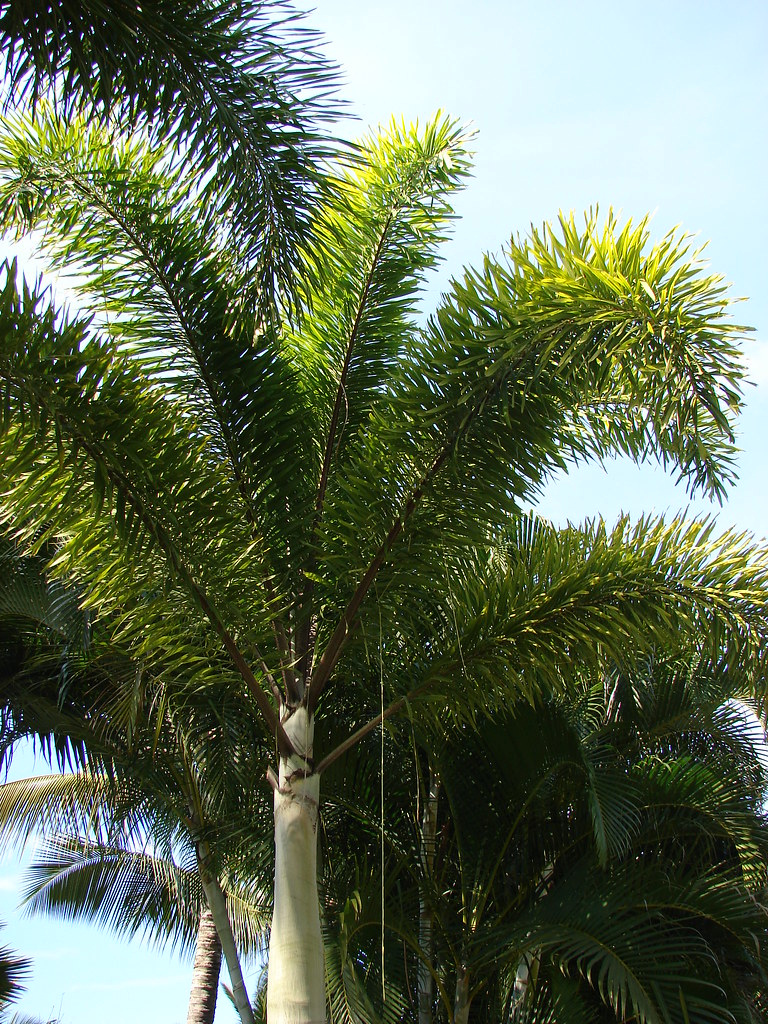
5. Foxtail Palm (Wodyetia bifurcata)
Best for: Modern or tropical-themed landscapes near buildings or patios
Growth rate: Fast
Care needs: Requires regular feeding for strong frond growth
Soil: Prefers slightly acidic, loose soils rich in organic matter
Cold tolerance: Not frost-tolerant; grows best in Zones 10–11
The Foxtail Palm features soft, bushy fronds and an elegant crown, making it ideal for stylish yards and resort-like gardens. It needs reliable water during its growing phase and should be fertilized every few months to avoid yellowing. This palm adapts well to a range of landscape designs and looks stunning as a single specimen or in staggered rows.
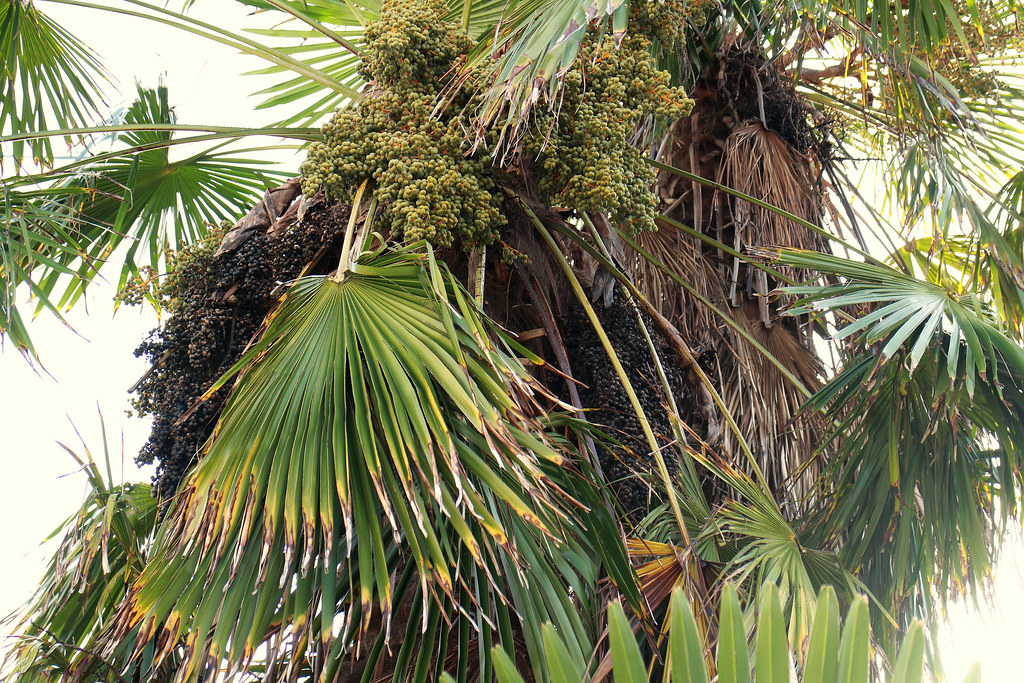
6. Windmill Palm (Trachycarpus fortunei)
Best for: Smaller yards, urban gardens, and colder climates
Growth rate: Slow to moderate
Care needs: Prefers consistent moisture but is drought-tolerant once established
Soil: Well-drained, fertile soil with organic content
Cold tolerance: Very cold hardy for a palm, down to Zone 7
The Windmill Palm is prized for its cold tolerance and graceful, fan-shaped leaves. It thrives in shaded to partially shaded areas and does well in cooler temperate climates where other palms struggle. Its fibrous trunk adds unique texture, and it benefits from protection against strong drying winds and excessive moisture around the roots. Regular watering during dry spells and light fertilizing in spring will keep it healthy.
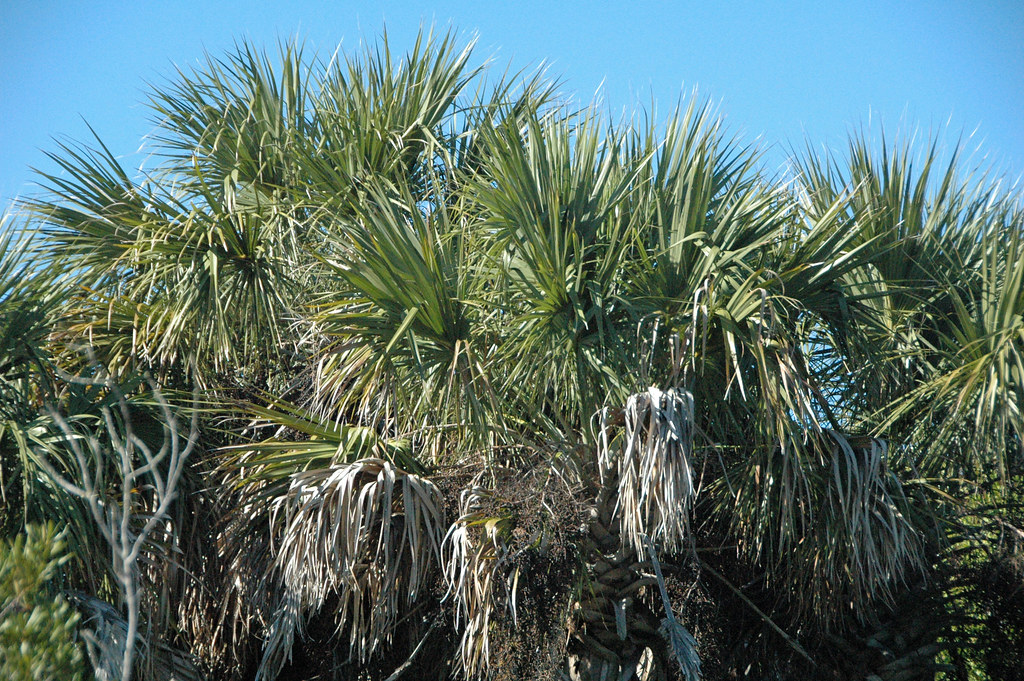
7. Sabal Palm (Sabal palmetto)
Best for: Coastal landscapes, large properties, and public spaces
Growth rate: Slow to moderate
Care needs: Very low maintenance; drought and salt tolerant
Soil: Adapts well to sandy, loamy, or clay soils with good drainage
Cold tolerance: Tolerant to mild frost; thrives in Zones 8–11
Known as the “Cabbage Palm,” the Sabal is a rugged, iconic palm often seen along the southeastern U.S. coast. It withstands harsh weather, including wind and occasional cold snaps. The Sabal requires minimal watering once established, making it ideal for naturalized landscapes and low-water gardens. Prune only dead fronds to maintain its classic look.
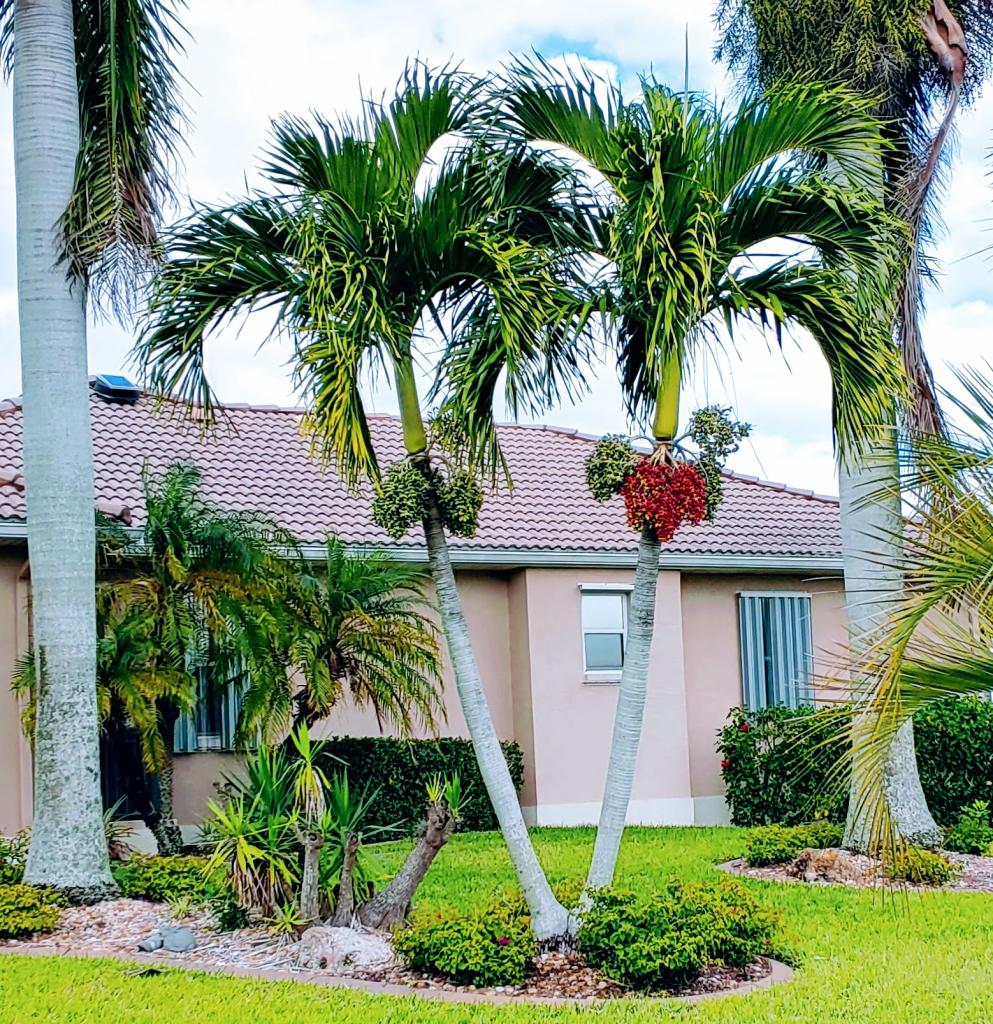
8. Christmas Palm (Adonidia merrillii)
Best for: Small to medium yards, tropical and resort-style settings
Growth rate: Moderate
Care needs: Prefers regular watering but tolerates short dry periods
Soil: Well-drained soils rich in organic matter
Cold tolerance: Sensitive to cold; thrives in Zones 10–11
The Christmas Palm is a festive favorite with bright red fruit clusters that add seasonal color. Its slender trunk and dense crown create a compact, elegant silhouette. It grows best with moderate irrigation and some protection from strong winds. Fertilize seasonally to encourage vibrant foliage and fruit production.
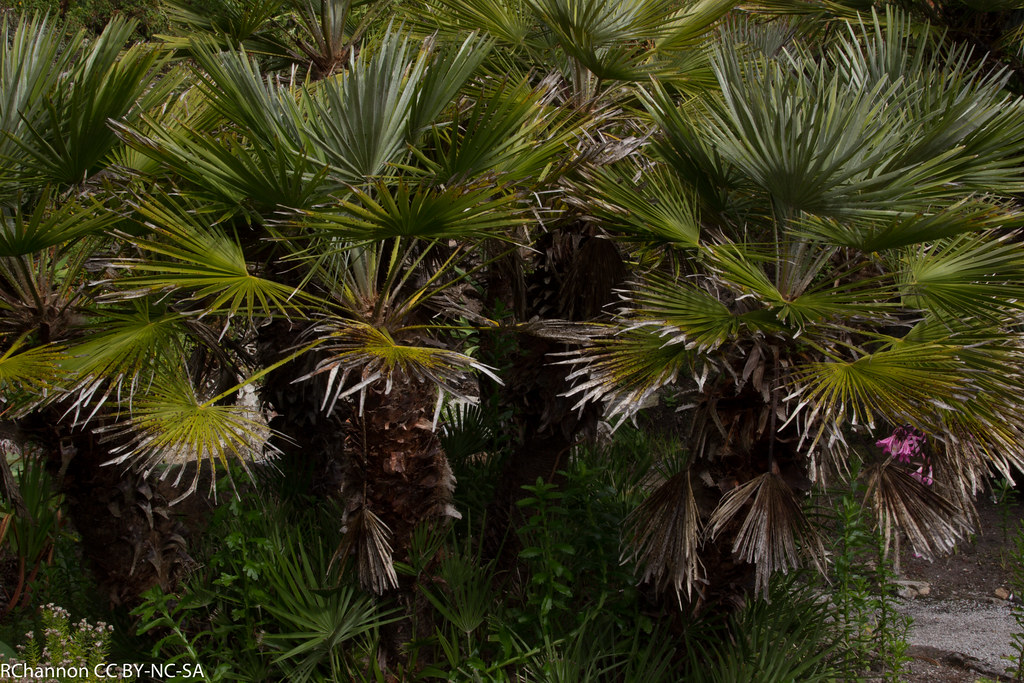
9. Mediterranean Fan Palm (Chamaerops humilis)
Best for: Mediterranean-style gardens, rock gardens, and urban landscapes
Growth rate: Slow
Care needs: Extremely drought tolerant; minimal watering needed
Soil: Prefers well-drained, sandy or rocky soils
Cold tolerance: Hardy to Zone 8; tolerates brief frosts
This multi-trunked palm creates a bushy, fan-like appearance that complements xeriscaping and low-maintenance gardens. Its ability to thrive in poor soils and withstand drought makes it perfect for dry climates. The Mediterranean Fan Palm grows slowly and needs little fuss, but occasional watering during extreme heat will keep it healthy.
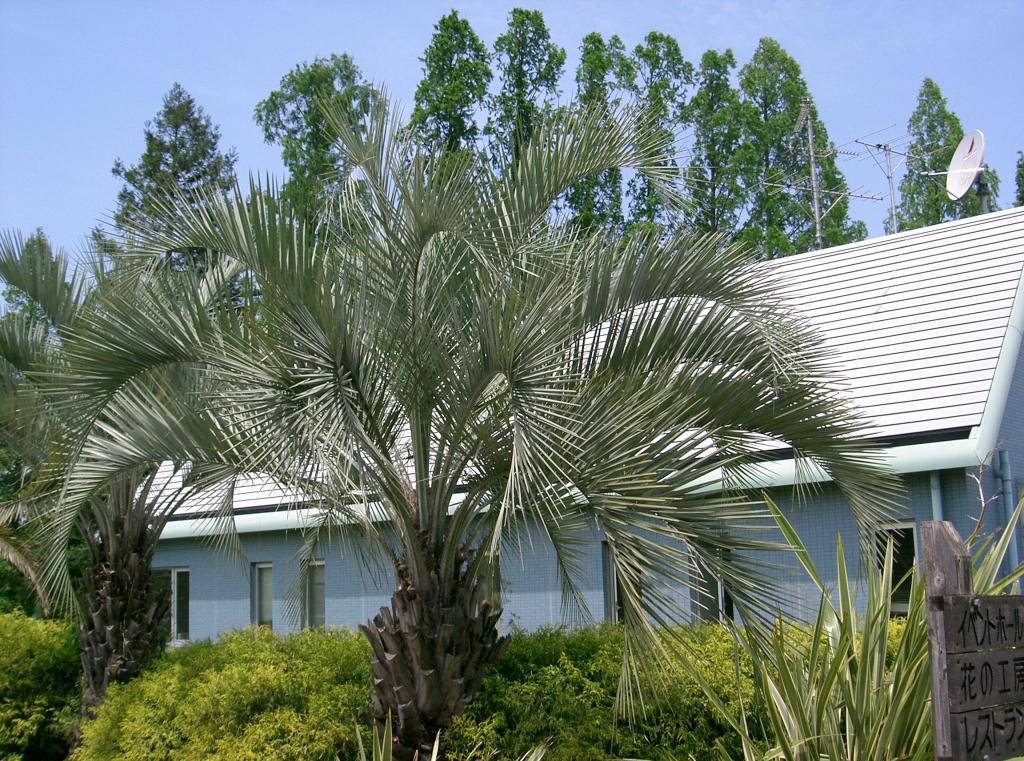
10. Pindo Palm (Butia capitata)
Best for: Medium to large yards, cold-tolerant palm collections
Growth rate: Moderate
Care needs: Tolerant of drought and cold; benefits from occasional deep watering
Soil: Well-draining sandy or loamy soils
Cold tolerance: Can handle temperatures down to Zone 8
The Pindo Palm is known for its graceful arching fronds and bright orange fruit, which attract wildlife. It grows well in diverse soil types and is one of the most cold-tolerant palms suitable for subtropical and some temperate zones. The Pindo is hardy and low-maintenance but appreciates a deep watering during dry seasons to maintain its lush appearance.
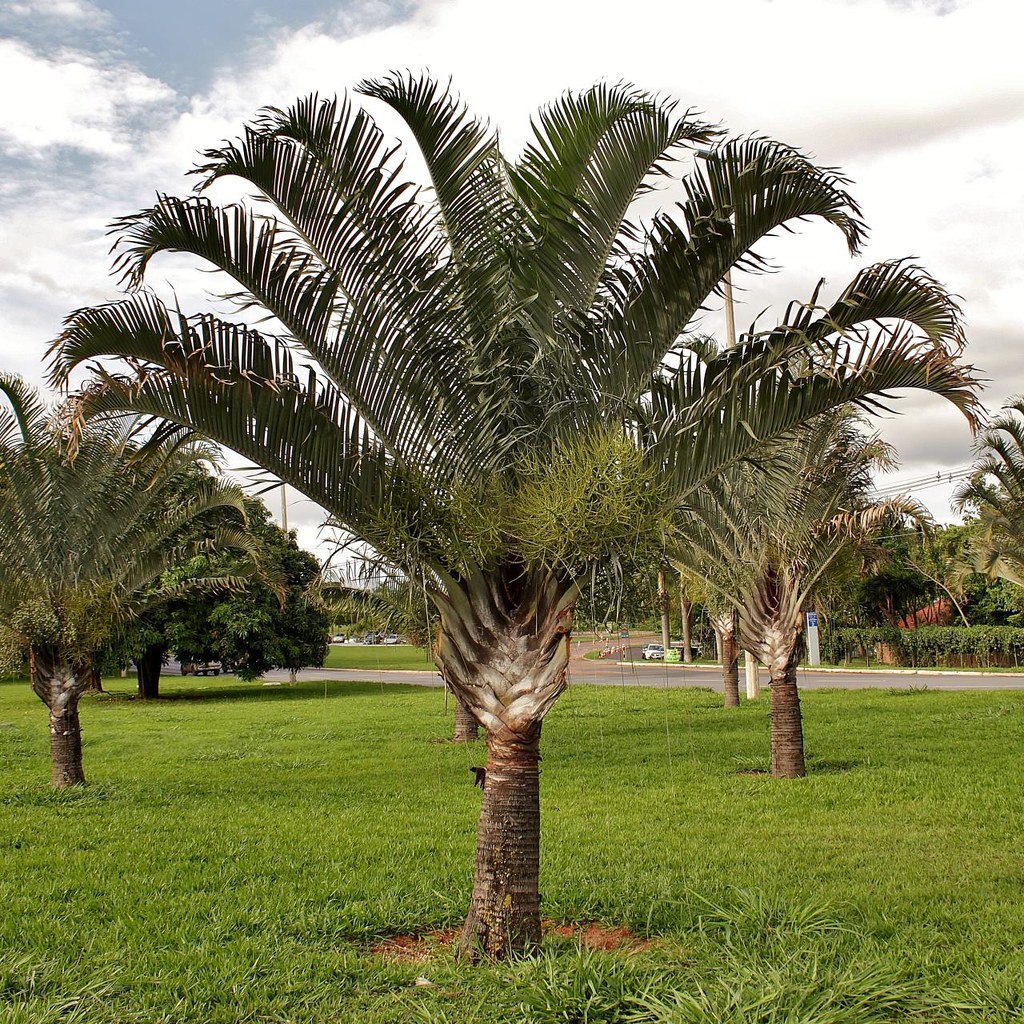
11. Triangle Palm (Dypsis decaryi)
Best for: Unique specimen planting in medium to large yards
Growth rate: Moderate
Care needs: Prefers well-irrigated soil but tolerates short dry spells
Soil: Well-draining sandy or loamy soils
Cold tolerance: Sensitive to frost; best in Zones 10–11
Named for the distinct triangular cross-section of its trunk, the Triangle Palm is an architectural marvel. It thrives in warm, humid climates and benefits from regular watering and feeding to support its dramatic crown. Protect young plants from cold and drying winds for best growth.

12. Jelly Palm (Butia odorata)
Best for: Cold-tolerant landscapes, fruit-producing palms for medium yards
Growth rate: Slow to moderate
Care needs: Drought tolerant once established; occasional deep watering recommended
Soil: Adaptable to sandy and clay soils, provided drainage is good
Cold tolerance: Can survive down to Zone 8
The Jelly Palm is appreciated for its sweet, edible fruit and feathery blue-green fronds. It tolerates cooler temperatures better than many palms, making it a great option for transitional climates. Though drought tolerant, supplemental watering improves fruit production and leaf color.
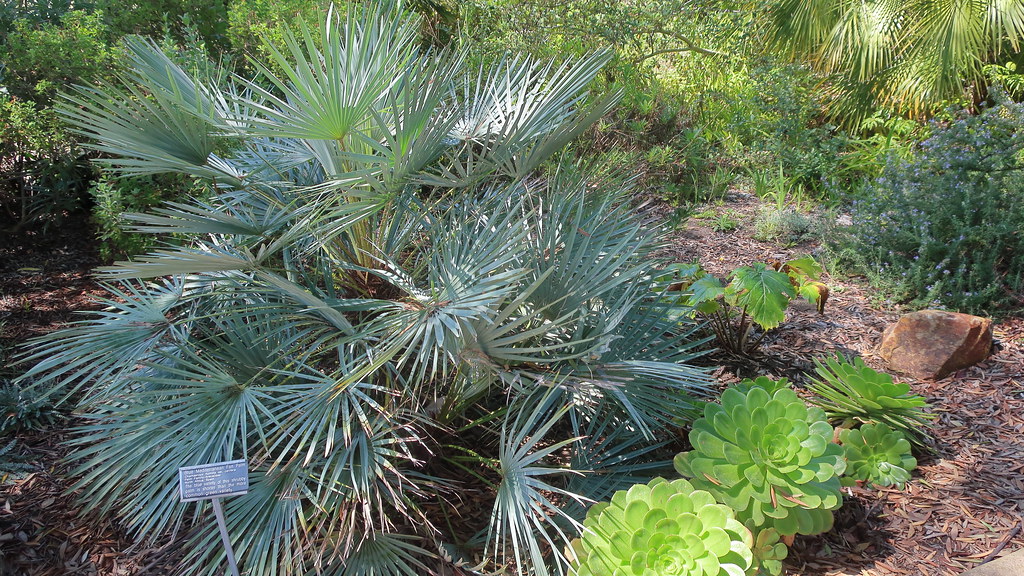
13. Mediterranean Palm (Chamaerops humilis var. cerifera)
Best for: Coastal gardens, drought-tolerant landscapes
Growth rate: Slow
Care needs: Low water needs; thrives with little maintenance
Soil: Prefers poor, rocky soils with excellent drainage
Cold tolerance: Hardy to Zone 8
A variety of the Mediterranean Fan Palm, this one sports silvery-blue foliage that brings a striking contrast to garden beds. It is extremely tough, handling wind, salt spray, and drought with ease. This palm is a superb choice for xeriscapes and seaside gardens.
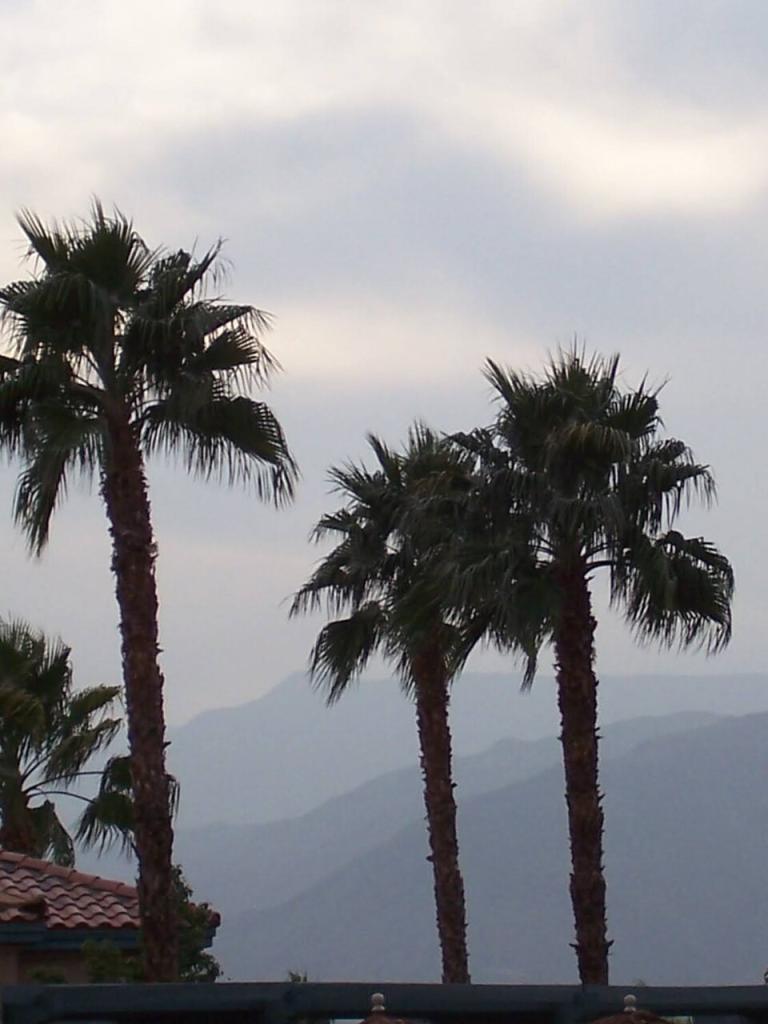
14. Mexican Fan Palm (Washingtonia robusta)
Best for: Tall vertical accents in warm climates, streetscapes
Growth rate: Fast
Care needs: Moderate watering during establishment; drought-tolerant when mature
Soil: Adaptable to most soils, prefers well-drained
Cold tolerance: Tolerant to light frost; Zones 9–11
The Mexican Fan Palm is one of the tallest palms, known for its slender trunk and massive fan-shaped leaves. It grows quickly and makes an iconic silhouette against the sky. It requires little care once established but should be planted where its height won’t interfere with power lines or structures.
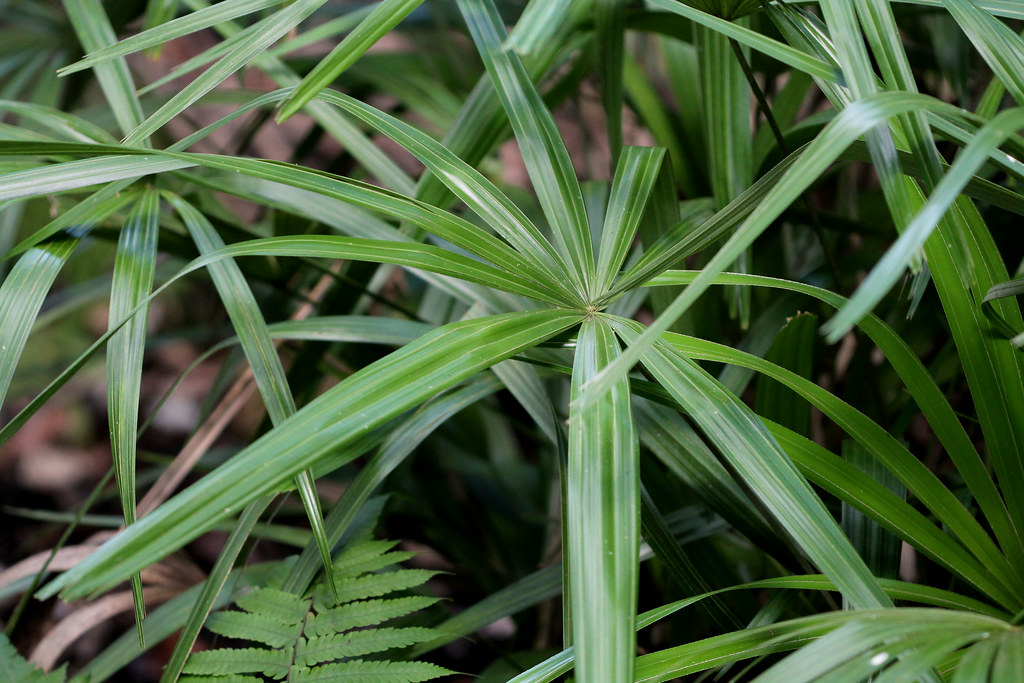
15. Needle Palm (Rhapidophyllum hystrix)
Best for: Cold-hardy landscapes, shady garden spots
Growth rate: Very slow
Care needs: Prefers moist, well-drained soil but tolerates drought
Soil: Loamy to sandy soils with good organic content
Cold tolerance: One of the most cold-hardy palms, down to Zone 6
The Needle Palm is a hardy survivor with stiff, spiny leaves and a shrubby growth habit. It thrives in cooler climates where most palms cannot survive, making it ideal for shaded borders and woodland gardens. It prefers some moisture and protection from harsh drying winds.
With so many stunning palm trees to choose from, it is easier than ever to create a tropical retreat in your own yard. Whether you live in a warm coastal region or a cooler inland area, there is a palm that can complement your space and climate. The key to success is selecting a tree that matches your region’s temperature range, soil conditions, and maintenance needs. Using the USDA zone map as a reference will help ensure that the palm you choose can handle your local winters. With the right care and thoughtful placement, your yard can become a relaxing escape filled with natural beauty and timeless charm.

